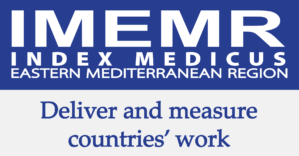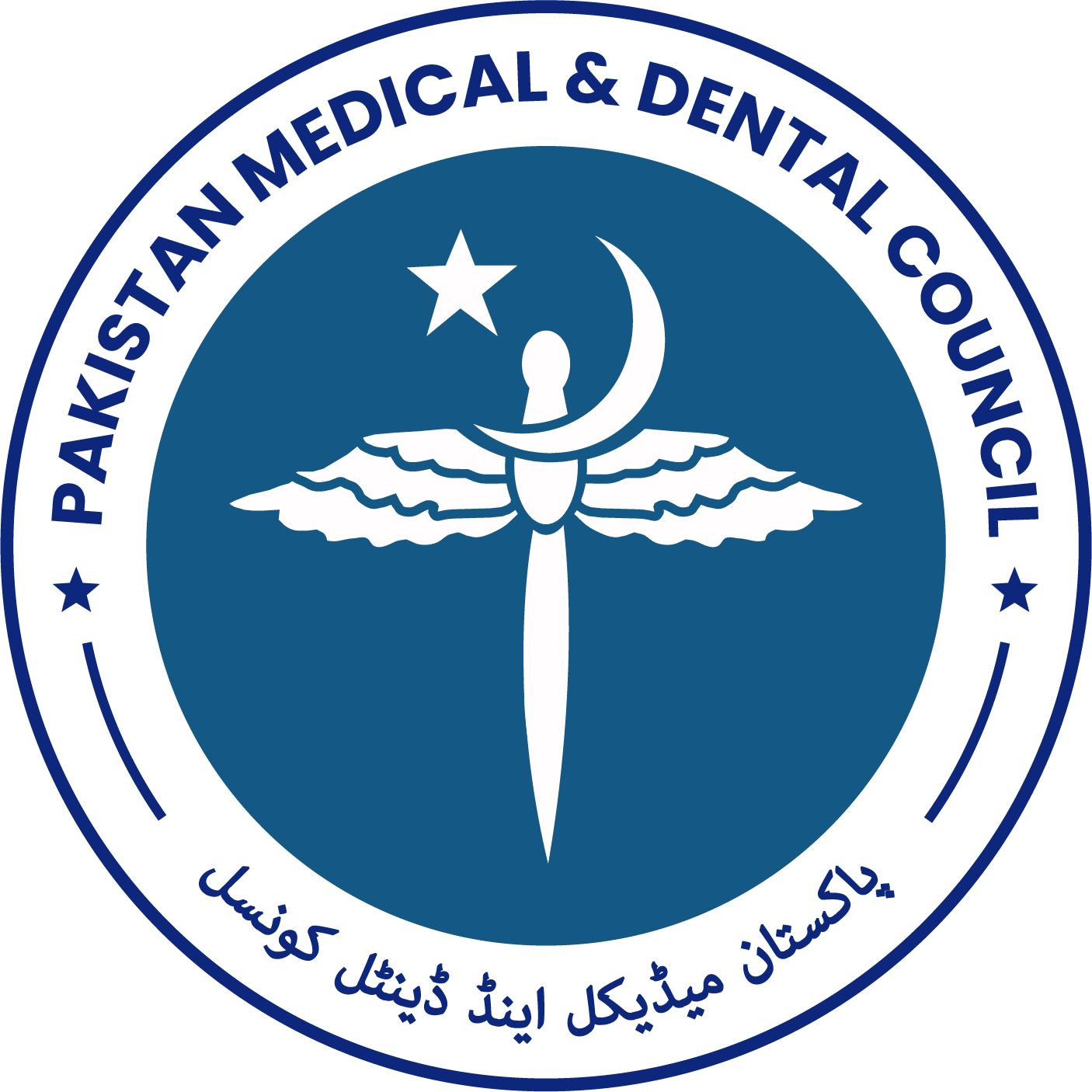Frequency and risk factors of restless leg syndrome in pregnant women
DOI:
https://doi.org/10.53685/jshmdc.v6i1.303Keywords:
Pregnancy, Restless Leg Syndrome, Risk FactorsAbstract
Background: Restless leg syndrome (RLS) is a prevalent neurological condition in pregnancy, and is associated with poor maternal and fetal outcomes
Objective: To determine the frequency and the risk factors leading to restless leg syndrome in pregnant women.
Methods: A cross-sectional descriptive study was conducted from 3rd December 2023 to 2nd June 2024, at the Obstetrics & Gynecology department of Bilawal Medical College and affiliated Countess of Dufferin Fund Hospital, Jamshoro, Pakistan. Pregnant women from all trimesters, aged 20–40 years, were recruited using non-probability consecutive sampling after obtaining informed consent. Pregnant women having painful legs, peripheral neuropathy, akathisia, nocturnal leg cramps, peripheral vascular disease, pre-gestational diabetes, renal failure, and varicose veins were excluded. RLS was diagnosed based on the 2012 revised International RLS Study Group (IRLSSG) criteria. 5 mL of blood was collected for complete blood count (CBC) and iron studies. Data analysis was performed using SPSS Version 22.
Results: A Total of 204 participants were included. The mean age of the pregnant women was 24.83±4.41 years. RLS was observed in 97 participants (47.5%), with the remaining 107 (52.5%) unaffected. RLS was most prevalent in the third trimester, accounting for 22.5% of cases. Most women were multiparous (152, 74.5%), while 52 (25.5%) were nulliparous. Iron deficiency anemia was identified as a significant risk factor for restless leg syndrome, with an odds ratio of 7.839 (p < 0.001). Additionally, gestational hypertension (OR=2.679, p=0.041) and chronic hypertension (OR=9.418, p=0.003) were significantly associated with an increased risk of RLS.
Conclusion: Restless leg syndrome affected nearly half of the pregnant women studied, with the highest prevalence observed in the third trimester. Iron deficiency anemia, gestational hypertension, and chronic hypertension were found to be significant risk factors for RLS, highlighting the need for early identification and management of these conditions during pregnancy.
References
Poplawska-Domaszewicz K, Rota S, Qamar MA, Chaudhuri KR. The complexities in the differential diagnosis of restless legs syndrome (Willis–Ekbom disease). Expert Rev Neurother. 2025; 25(2): 157–173. DOI: https://doi.org/10.1080/14737175.2025.2450639
Alzaabi FM, Al Tarawneh DJ, Al Tarawneh YJ, Khan A, Khan MAM, Siddiqui TW, et al. Restless legs and iron deficiency: Unraveling the hidden link and unlocking relief. Cureus. 2025; 17(4): e82413. DOI: https://doi.org/10.7759/cureus.82413
An T, Yuan L, Wu X, Ma Y, Sun H, Lu B. The association between vitamin D and restless legs syndrome following acute ischemic stroke. Sci Rep. 2025; 15(1): 14867. DOI: https://doi.org/10.1038/s41598-025-98055-3
Broström A, Alimoradi Z, Lind J, Ulander M, Lundin F, Pakpour A. Worldwide estimation of restless legs syndrome: A systematic review and meta‐analysis of prevalence in the general adult population. J Sleep Res. 2023; 32(3): e13783. DOI: https://doi.org/10.1111/jsr.13783
Tuna Oran N, Yuksel E, Ruzgar S. Prevalence of restless leg syndrome and effects on quality of life during pregnancy. Sleep Breath. 2021; 25(4): 2127-2134. DOI: https://doi.org/10.1007/s11325-021-02311-5
Lu Q, Zhang X, Wang Y, Li J, Xu Y, Song X, et al. Sleep disturbances during pregnancy and adverse maternal and fetal outcomes: A systematic review and meta-analysis. Sleep Med Rev. 2021; 58: 101436. DOI: https://doi.org/10.1016/j.smrv.2021.101436
Garcia-Borreguero D, Black J, Earley CJ, Fulda S, Högl B, Manconi M, et al. Rethinking clinical trials in restless legs syndrome: A roadmap. Sleep Med Rev. 2024; 77: 101978. DOI: https://doi.org/10.1016/j.smrv.2024.101978
Esposito G, Odelli V, Romiti L, Chiaffarino F, Di Martino M, Ricci E, et al. Prevalence and risk factors for restless legs syndrome during pregnancy in a Northern Italian population. J Obstet Gynaecol. 2019; 39(4): 480–484. DOI: https://doi.org/10.1080/01443615.2018.1525341
Qaiser N, Manzoor S, Zakaullah I, Khan M, Fazal N. The frequency and associated factors of restless leg syndrome among pregnant women in 3rd trimester. J Health Rehabil Res. 2024; 4(2): 608–612. DOI: https://doi.org/10.61919/jhrr.v4i2.854
Mubeen SM, Ahsan MD. Prevalence and associated factors of restless leg syndrome (RLS) in Pakistani women during pregnancy. J Obstet Gynaecol. 2022; 42(6): 1829–1834. DOI: https://doi.org/10.1080/01443615.2022.2040963
Khan M, Mobeireek N, Al-Jahdali Y, Al-Dubyan N, Ahmed A, Al-Gamedi M, et al. The prevalence of restless leg syndrome among pregnant Saudi women. Avicenna J Med. 2018; 8(1): 18-23. DOI: https://doi.org/10.4103/ajm.AJM_123_17
Allen RP, Picchietti DL, Garcia-Borreguero D, Ondo WG, Walters AS, Winkelman JW, et al. Restless legs syndrome/Willis–Ekbom disease diagnostic criteria: Updated International Restless Legs Syndrome Study Group (IRLSSG) consensus criteria – history, rationale, description, and significance. Sleep Med. 2014; 15(8): 860–873. DOI: https://doi.org/10.1016/j.sleep.2014.03.025
Al Shidhani A, Al Rawahi N, Al Yahiyai Z, Masood I, Al Saadi Z, Al Shukaili S, et al. Prevalence of restless legs syndrome in pregnant women in Oman and its effect on pregnancy and neonatal outcomes. J Family Community Med. 2022; 29(2): 155–161. DOI: https://doi.org/10.4103/jfcm.jfcm_59_22
Mahmood K, Farhan R, Surani A, Surani AA, Surani S. Restless legs syndrome among Pakistani population: A cross-sectional study. Int Sch Res Notices. 2015; 2015: 762045. DOI: https://doi.org/10.1155/2015/762045
Ishaq M, Mahesh A, Riaz SU, Samad AM, Khwaja RA, Nawab F. Restless leg syndrome in pregnancy: An experience from low socio-economic population of Karachi. Ann Abbasi Shaheed Hosp Karachi Med Dent Coll. 2024; 29(4): 420-426. DOI: https://doi.org/10.58397/ashkmdc.v29i1.791
Darvishi N, Daneshkhah A, Khaledi-Paveh B, Vaisi-Raygani A, Mohammadi M, Salari N, et al. The prevalence of restles legs syndrome/Willis-ekbom disease (RLS/WED) in the third trimester of pregnancy: A systematic review. BMC Neurol. 2020; 20(1): 132. DOI: https://doi.org/10.1186/s12883-020-01709-0
Na M, Wu J, Li M, Hinkle SN, Zhang C, Gao X. New onset of restless legs syndrome in pregnancy in a prospective multiracial cohort: Incidence and risk factors. Neurology. 2020; 95(24): e3438–3447. DOI: https://doi.org/10.1212/WNL.0000000000011082
Guo S, Huang J, Jiang H, Han C, Li J, Xu X, et al. Restless legs syndrome: From pathophysiology to clinical diagnosis and management. Front Aging Neurosci. 2017; 9: 171. DOI: https://doi.org/10.3389/fnagi.2017.00171
Sania, Parveen S, Zia U, Unar F, Ahmed M. Prevalence and associated factors of restless leg syndrome (RLS) in Pakistani women during pregnancy. Pak J Med Health Sci. 2022; 16(10): 201–203. DOI: https://doi.org/10.53350/pjmhs221610201
Mislu E, Assalfew B, Arage MW, Chane F, Hailu T, Tenaw LA, et al. Prevalence and factors associated with restless legs syndrome among pregnant women in middle-income countries: a systematic review and meta-analysis. Front Med. 2023; 10: 1326337. DOI: https://doi.org/10.3389/fmed.2023.1326337
Downloads
Published
How to Cite
Issue
Section
License
Copyright (c) 2025 Zainab Memon, Nusrat Nisar, Bakhtawar, Rabia, Ghazala, Sidra

This work is licensed under a Creative Commons Attribution-NonCommercial 4.0 International License.
You are free to:
- Share — copy and redistribute the material in any medium or format
- Adapt — remix, transform, and build upon the material
- The licensor cannot revoke these freedoms as long as you follow the license terms.
Under the following terms:
-
Attribution — You must give appropriate credit, provide a link to the license, and indicate if changes were made. You may do so in any reasonable manner, but not in any way that suggests the licensor endorses you or your use.
-
Non Commercial — You may not use the material for commercial purposes.
-
No additional restrictions — You may not apply legal terms or technological measures that legally restrict others from doing anything the license permits.




















